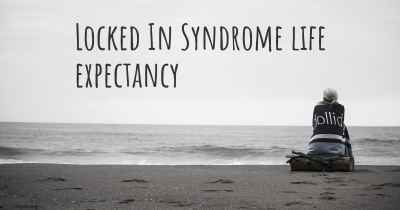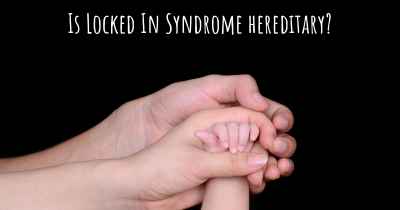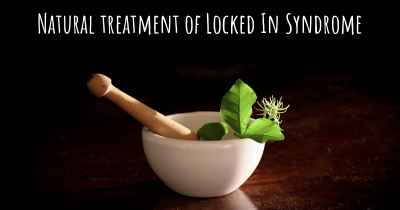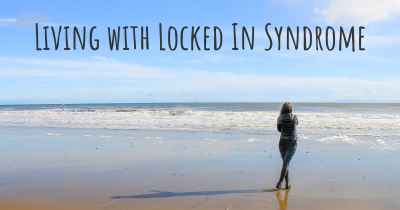Is it advisable to do exercise when affected by Locked In Syndrome? Which activities would you suggest and how intense should they be?
See if it is advisable for people with Locked In Syndrome to practice sports and which ones are the most recommended if you have Locked In Syndrome
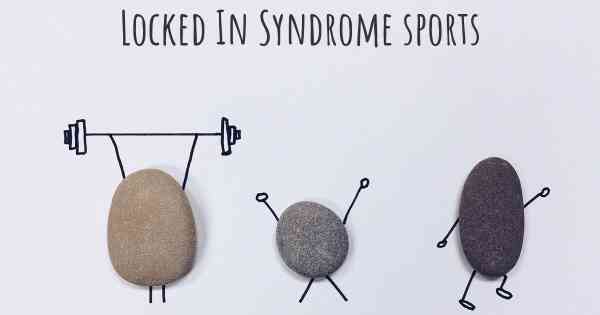
Locked-In Syndrome (LIS) is a rare neurological condition that results in complete paralysis of nearly all voluntary muscles in the body, except for the muscles that control eye movement. It is typically caused by damage to the brainstem, often due to stroke, traumatic brain injury, or other severe neurological conditions.
While exercise may not directly improve the physical limitations caused by Locked-In Syndrome, it can still have several benefits for individuals affected by this condition. It is important to note that the exercise program should be tailored to the individual's specific abilities and limitations, and it is crucial to consult with a healthcare professional or physical therapist before starting any exercise regimen.
Benefits of exercise for individuals with Locked-In Syndrome:
1. Psychological well-being: Engaging in exercise can have positive effects on mental health and overall well-being. It can help reduce stress, anxiety, and depression, which are common challenges faced by individuals with LIS.
2. Cardiovascular health: Although individuals with LIS may have limited mobility, certain exercises can still promote cardiovascular health. Passive range of motion exercises, where a caregiver or therapist moves the limbs through a full range of motion, can help improve blood circulation and prevent complications such as blood clots.
3. Muscle tone and flexibility: Regular stretching exercises can help maintain muscle tone and flexibility, preventing muscle stiffness and contractures. These exercises should be gentle and performed within the individual's pain-free range of motion.
4. Respiratory function: Breathing exercises can help improve respiratory function and prevent respiratory complications. Deep breathing exercises, with the assistance of a respiratory therapist if needed, can help maintain lung capacity and prevent respiratory infections.
5. Social interaction: Participating in exercise programs, such as group therapy or adapted sports, can provide opportunities for social interaction and support. This can help combat feelings of isolation and improve overall quality of life.
It is important to emphasize that the intensity and type of exercise should be determined by the individual's specific abilities and limitations. The exercise program should be designed and supervised by a healthcare professional or physical therapist experienced in working with individuals with LIS.
Examples of exercises suitable for individuals with Locked-In Syndrome:
- Passive range of motion exercises for all major joints, including the arms, legs, and neck.
- Gentle stretching exercises to maintain muscle flexibility.
- Breathing exercises to improve respiratory function.
- Assisted cycling or adapted sports using specialized equipment, if appropriate.
- Hydrotherapy or aquatic exercises, which can provide buoyancy and support for movement.
Remember, each individual's abilities and limitations may vary, so it is essential to work closely with healthcare professionals to develop a personalized exercise program.
